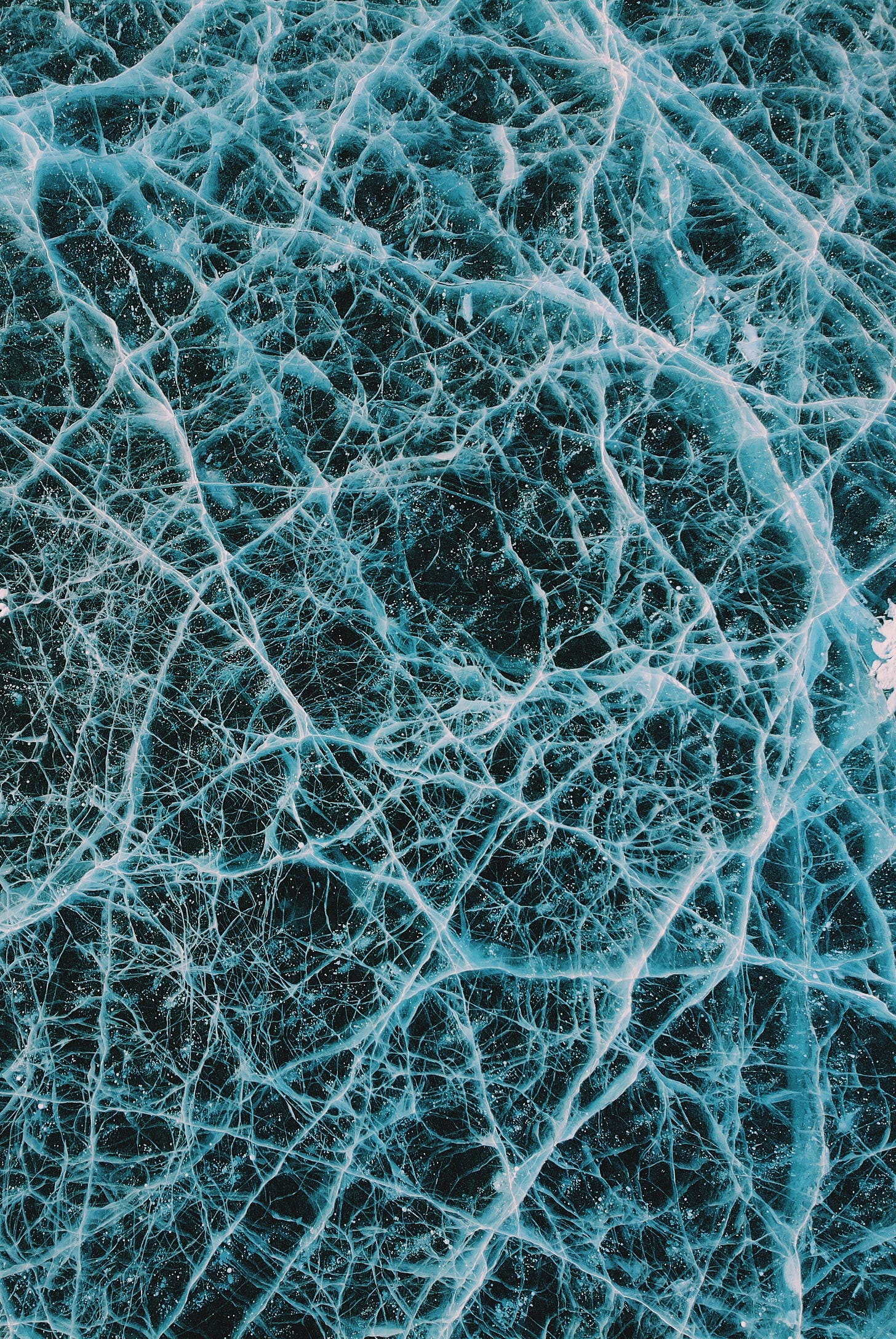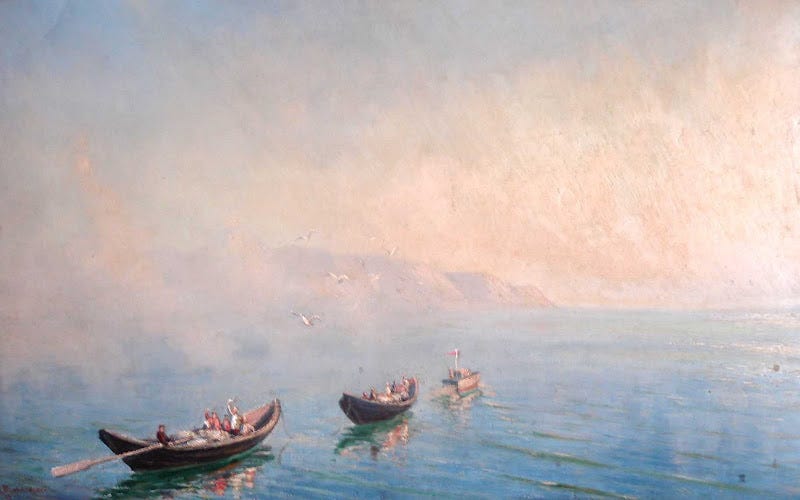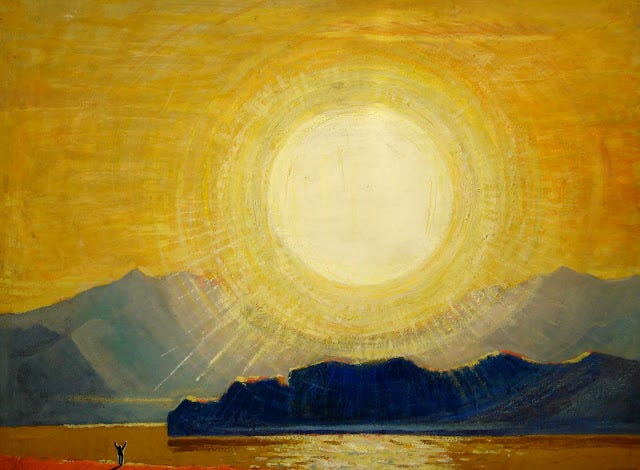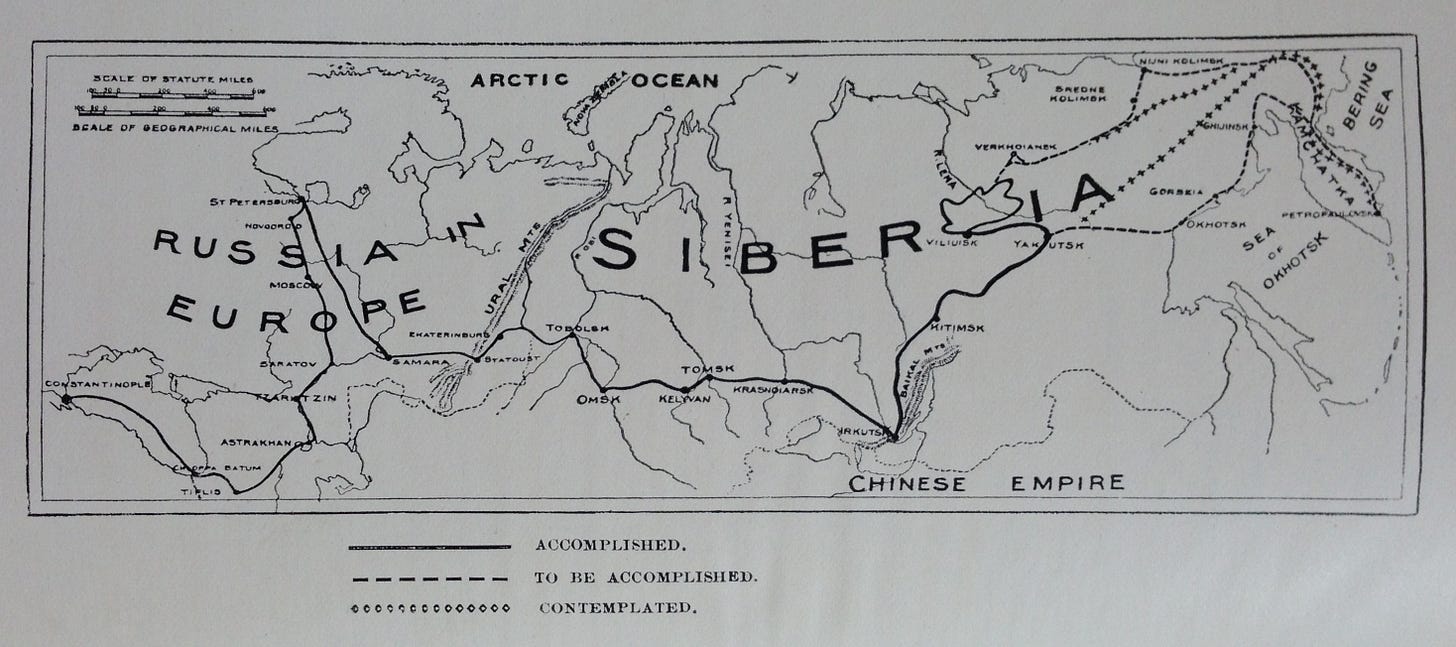Welcome to Cosmographia. The following is part of our Atlas’ Notes series, featuring art, poetry, literature, cartography, and photography, all centred on a particular place. For the full map of Cosmographia posts, see here.
Lake Baikal is a rift lake in Southern Siberia. It’s both the world’s most ancient (25 million years old), deepest (5,387 ft), and largest (12,248 square miles) freshwater lake.
To put that into context, Lake Baikal is older than Mount Kilimanjaro, deeper than Mount Washington is tall, and larger than Belgium.
I. In Art
Vladimir Tomilovsky was a Russian landscape painter, most known for his depictions of Siberia and Lake Baikal.
Born near Warsaw in 1901, Tomilovsky was the child of a military family. His father was a Colonel and early aeronaut, while his French-born mother was a language teacher. Tomilovsky's early years, influenced by military relocations, were spent in various parts of Siberia.
At nine, he attended a military school in Irkutsk, discovering a love for drawing. Following his graduation, he initially joined the Russian Army, but soon switched to the Red Army after the Russian Revolution (wise move).
Meanwhile, he studied painting, first in Tomsk and then Irkutsk, under Paris Art Academy alumnus, Ivan Kopylov. Relocating to Moscow in 1930 for further art education, he worked as a city artist. Unfortunately, political accusations led to his 1934 imprisonment. Released in 1937 but banished from Moscow, he returned to Irkutsk.
The day Germany declared war on the Soviet Union, Tomilovsky tried to enlist but was denied. Instead, he contributed by creating anti-fascist propaganda.
Political rehabilitation eventually came in 1982 when it was revealed his prison sentence was due to his family's military background under the previous Tsarist regime. Until his death in 1991, he remained active, producing over a thousand paintings in his Irkutsk studio. He passed away aged 90 on June 17, 1991.
II. In Verse
A mighty giant of boundless waters, With its ever-stormy gusts, Tell me, where do you come from, The nature’s wild son? Who’s hiding in the shadow of your forests That grow deep on your bottom, Why are you so severe under a heap of clouds And in the hoarse storms above? I’ll bring them on the joyous fairy’s wings – The dreams I took from foreign fields, Let me hear a familiar voice in the waves Of your mysterious depths! And let my soul come alive at your talk With invaluable sweetness of memories: I was at home, under a hut’s roof, I did not know what heartache was, Then I lost peace of mind and grieved; The distant sky was dark and gloomy, The dusk was everywhere around me, As well as rippling Lake Baikal Which seemed so black between the lonely mountains.— Fedor Baldurf, An Evening on Lake Baikal (1870)
III. In Cartography
Kate Marsden was not an ordinary 19th century woman. An English nurse, she heard rumour of a rare Siberian herb that might cure leprosy from a doctor in Constantinople. Despite the fact that the region of Yakutsk, the home of this supposed miracle herb, lay thousands of miles away in a deeply inaccessible part of the world was more obstacle than barrier to Ms Marsden. She set out to find it.
This map shows her route from Constantinople to the Middle East, up through the Caucasus, Moscow, St Petersburg (where she corroborated the story of the leprosy-cure with the Empress of Russia herself), south and west across the Ural Mountains to Irkutsk on Lake Baikal, and then north into Yakutsk — a region the size of India with a smaller population than London. We see the lines of her ‘accomplished’ route, ‘to be accomplished’, and that most wonderful word, ‘contemplated’.
Marsden travelled by train, sled, and then on horseback to reach her destination. She found the herb and even managed to bring samples back to England. Unfortunately, this would not be the miracle cure she had so desperately hoped to find. Later, she would have her reputation tarnished by former friends who accused her of mishandling charitable funds (false) and being a lesbian (true).
IV. In Literature
“Finally we reached the Sacred Sea for which we had been looking with such impatience. The Mongols call it “Bai-kul” - Rich Lake, or “Dalai-Nor” - Holy Sea. I have heard a lot about the beauty of this lake, but thick fog prevented me from seeing it with my own eyes. During the first stop at the Baikal station there was a harbor with a large “Baikal” ferry ice-breaker which used to transport trains through the lake to the continuation of the railway track; the icebreaker can pierce the ice that is 1.2 meters thick and is one of the greatest icebreakers in the world.
We rode this way along the southern coast of Lake Baikal. The fog gradually cleared so much that it was possible to distinguish the nearest rocks. They were not very high, but were very steep and hanging above the lake very close to it, and our road continued in many tunnels. During the day the fog cleared even more, and we saw the rocks to the south of the coast. They were higher and interspersed with valleys. The newfallen snow lay on the mountains, from the feet to the top, the mountains were dressed in snow; snowdrifts couldn’t be seen anywhere.
As we rode along the southern coast, we often saw valleys with dark gloomy pine forests, similar to our Norwegian forest hollows between the rocks. It's beautiful here, but they say it's cold; however, on the other side of the lake the sun is hot. Here the soil freezes through in some places, and the forest grows over the frozen earth layers. The lake freezes completely in the middle of December or by the beginning of January, and the ice cover remains for four and a half months. People ride on the lake by sleds during these 3 months.”
— Fridtjof Nansen, excerpts from To the Land of the Future: The Great Northern Route led from Europe to Siberia through the Kara Sea (1914)
Fridtjof Nansen was a Norwegian polymath and Nobel Peace Prize winner. During his varied and decorated life, he was known as an explorer, scientist, diplomat and humanitarian.
On the expedition he documents in this book, his crew was attempting to break a trade route from Europe to Central Siberia. They sailed north over Russia via the Barents and Kara Seas, and up the Yenisey River to Lake Baikal.
V. In Photography






At the Holy Nose on Lake Baikal in Buryatia, I watched the wind slip under a thin skin of ice. The surface of the lake rose and fell like the belly of a sleeping monster.
– Sophy Roberts

















Thank you for another enlightening read. I particularly liked the story about Kate Marsden.
This is becoming a great way to travel. I don’t know if I should admit this on a post about such intrepid travelers, 😀 but I love the idea of exploration and travel more than the actual travel itself. I’ve never heard of Lake Baikal and this was fascinating!